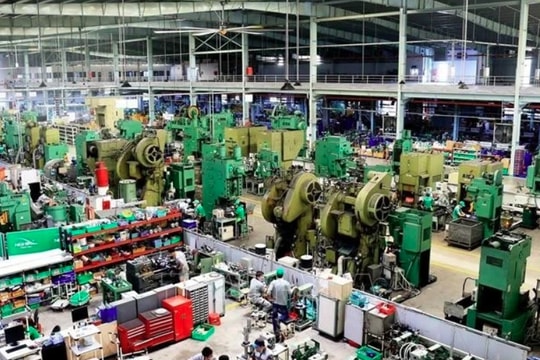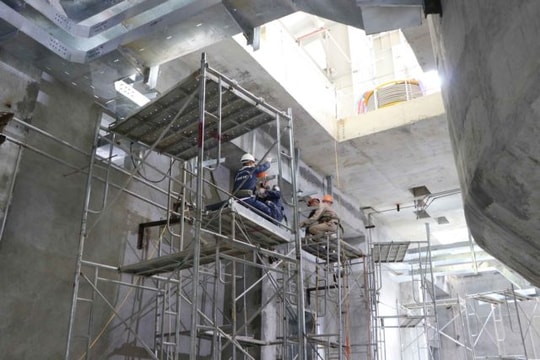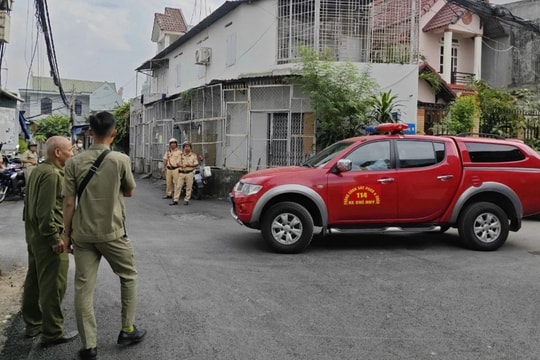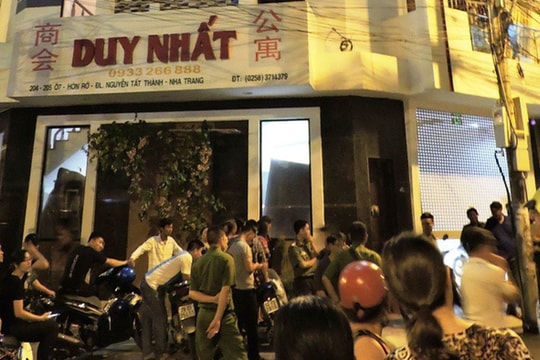 |
| The Emergency Centre at Bạch Mai Hospital in Hà Nội, one of the country's central-level hospitals. VNA/VNS Photo |
HÀ NỘI - Hospital overcrowding has been an existing problem for many years. According to experts, improving the general capacity at the grassroots level remains a long-term solution.
According to Associate Professor Phan Lê Thu Hằng, deputy director of the Department of Financial Planning, Ministry of Health, the health sector has had a specific project on reducing hospital overload as approved in the Prime Minister’s Decision No. 93 TTg in 2013.
The project identifies a number of synchronous solutions to address hospital overloading, but Việt Nam still needs time to solve this situation in a systematic and complete way.
She said hospital overloading had been assessed as the consequence of a combination of two main causes: Lack of capacity to provide medical services at the local level, compared to actual demand and the excessive increase in demand for central level medical services.
It is important to note that supply shortages may occur at both the national and socio-economic regional levels, according to Hằng. This suggests that, in order to improve central healthcare service (the highest level of healthcare) provision, it is not only necessary to focus on increasing the total supply, but also on the reasonable distribution of central hospitals in geographical space.
To achieve the optimal balance between supply and demand for central-level medical services, Associate Professor Hằng suggested increasing supply to keep up with the increase in real demand and limit the excessive increase in demand for central-level medical services.
She pointed out that only about 20 per cent of people who are sick need to be hospitalised. Among those, 15 per cent only need basic treatment and only 5 per cent are seriously ill and need specialised treatment. The remaining 80 per cent of people with mild illnesses or who are not sick need only primary health care services.
The central-level hospitals are designed to meet the health care needs of seriously ill patients who require intensive treatment, or five per cent of people.
The coverage of central-level hospitals is currently limited. Most central-level hospitals are located in Hà Nội, HCM City. The Central Highlands region currently do not have a central level hospital, according to Hằng.
The operational capacity of central-level hospitals might be hindered by the priority of activities that generate large revenues to ensure financial balance, which could cause the overall operation of the hospital to become unbalanced, she told the Government portal.
“To reasonably strengthen the supply of central-level medical services, it is necessary to first accurately assess the current situation as well as forecast the increasing demand for central-level medical services including total demand and demand by medical speciality,” she said.
"To limit the excessive increase in demand for central-level health services, systematic efforts are needed. It is necessary to enhance proactive preventive interventions and health promotion while strengthening the capacity of the primary health care system.
"It is also necessary to establish a comprehensive health care chain, with an optimal balance between primary health care, basic health care and specialised health care," she said. VNS
























